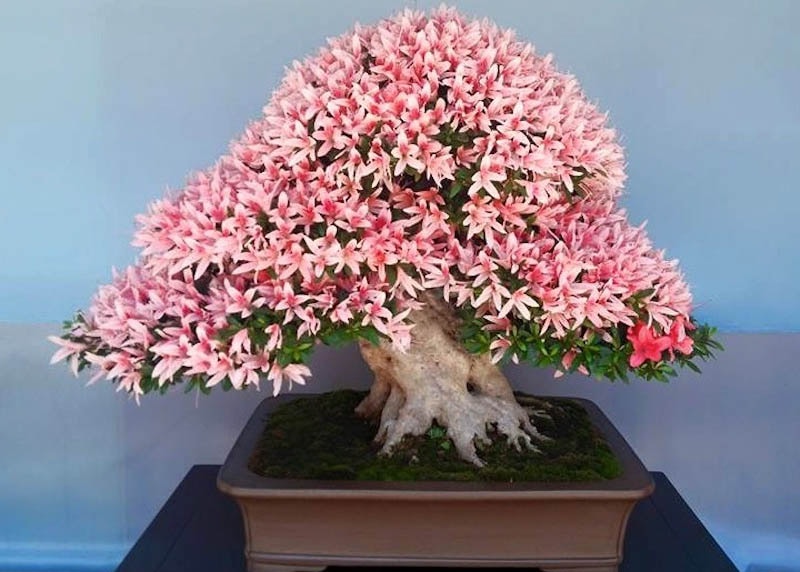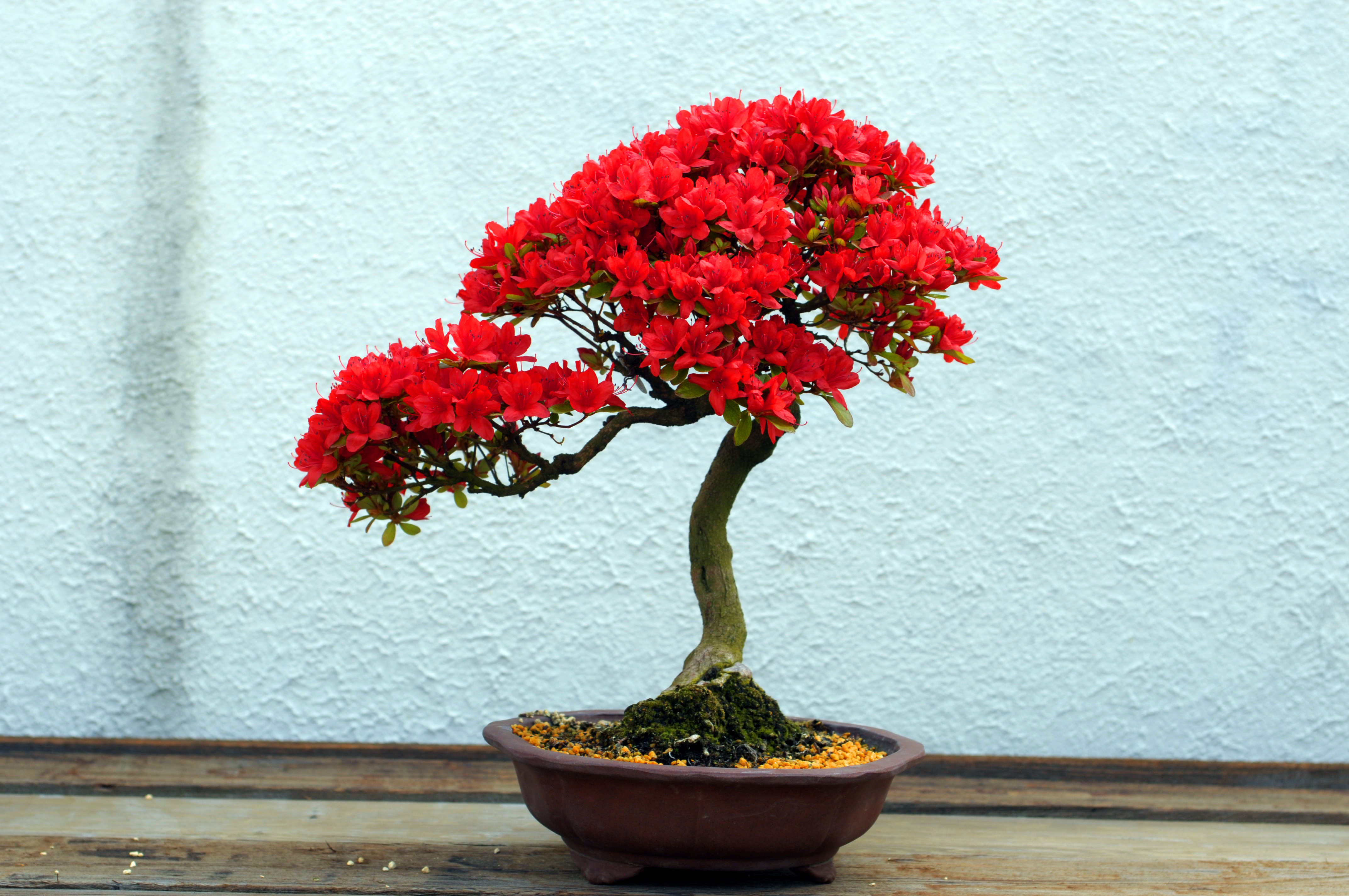Welcome to the world of Kurume Azalea Bonsai Trees! These beautiful trees are perfect for bonsai enthusiasts. This guide will teach you everything you need to know about them.

Credit: www.bonsaiempire.com
What is a Kurume Azalea Bonsai Tree?
The Kurume Azalea is a type of bonsai tree. It is known for its vibrant and colorful flowers. These trees are small and easy to grow, making them great for beginners.
History of Kurume Azalea
The Kurume Azalea comes from Japan. They were first cultivated in the Kurume region. These trees have been popular for over a century.
Origins In Japan
The Kurume Azalea was developed in the late 19th century. Japanese gardeners wanted to create a beautiful and hardy plant. They succeeded with the Kurume Azalea.
Popularity Worldwide
Today, Kurume Azaleas are loved all over the world. Bonsai enthusiasts appreciate their beauty and ease of care. These trees are a symbol of patience and dedication.
Why Choose a Kurume Azalea Bonsai?
Kurume Azaleas are perfect for bonsai gardening. Here are some reasons why you should choose one:
- Vibrant Flowers: The flowers come in many colors like pink, red, and white.
- Compact Size: These trees stay small, making them ideal for indoor spaces.
- Easy to Care For: They are low-maintenance and suitable for beginners.
- Long Blooming Period: The flowers bloom for several weeks, providing long-lasting beauty.

Credit: en.m.wikipedia.org
How to Grow a Kurume Azalea Bonsai Tree
Growing a Kurume Azalea Bonsai Tree is simple. Follow these steps to get started:
1. Choose The Right Soil
Kurume Azaleas need well-draining soil. Use a mix of akadama, pumice, and lava rock. This soil will keep your tree healthy.
2. Planting Your Tree
Plant your Kurume Azalea in a small bonsai pot. Make sure the pot has drainage holes. This will prevent water from pooling and causing root rot.
3. Watering Your Tree
Water your tree regularly. The soil should be moist but not waterlogged. In summer, you may need to water more often.
4. Providing The Right Light
Kurume Azaleas need plenty of light. Place your tree in a spot with indirect sunlight. Avoid direct sunlight, which can scorch the leaves.
5. Feeding Your Tree
Fertilize your tree during the growing season. Use a balanced fertilizer every two weeks. This will help your tree grow strong and healthy.
Pruning and Shaping Your Kurume Azalea Bonsai
Pruning and shaping are important for bonsai trees. Here are some tips:
1. Prune In Spring
Prune your tree in early spring. This is before the growing season starts. Remove any dead or weak branches.
2. Shape Your Tree
Use bonsai wire to shape your tree. Wrap the wire around the branches gently. Bend the branches into the desired shape.
3. Trim Regularly
Trim your tree regularly to maintain its shape. This will keep your tree looking neat and beautiful.
Common Pests and Diseases
Kurume Azaleas can be affected by pests and diseases. Here are some common issues and how to treat them:
1. Aphids
Aphids are small insects that suck sap from the leaves. Use insecticidal soap to get rid of them.
2. Spider Mites
Spider mites are tiny pests that cause leaves to turn yellow. Increase humidity and use neem oil to treat them.
3. Root Rot
Root rot is caused by overwatering. Ensure your soil drains well and avoid waterlogging.
Repotting Your Kurume Azalea Bonsai
Repotting is necessary for the health of your bonsai tree. Here are the steps:
1. When To Repot
Repot your tree every two to three years. The best time is in early spring.
2. Remove The Tree
Carefully remove the tree from its pot. Gently shake off the old soil from the roots.
3. Trim The Roots
Trim about one-third of the roots. This encourages new growth.
4. Place In A New Pot
Place your tree in a new pot with fresh soil. Water thoroughly after repotting.
Conclusion
Kurume Azalea Bonsai Trees are a beautiful addition to any home. They are easy to care for and provide vibrant flowers. Follow this guide to grow and maintain your own Kurume Azalea Bonsai Tree.

